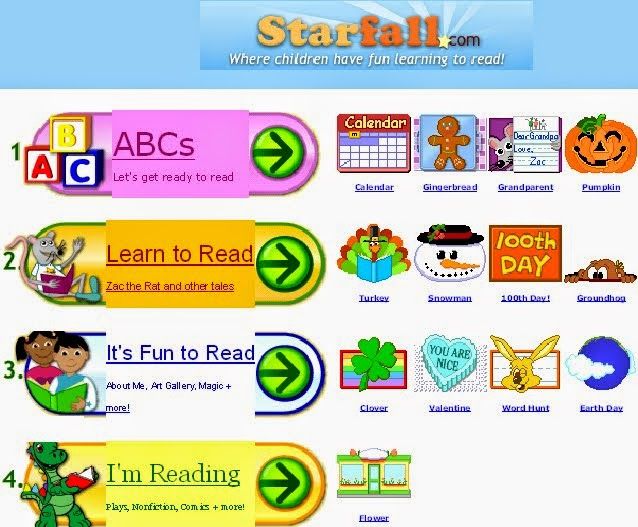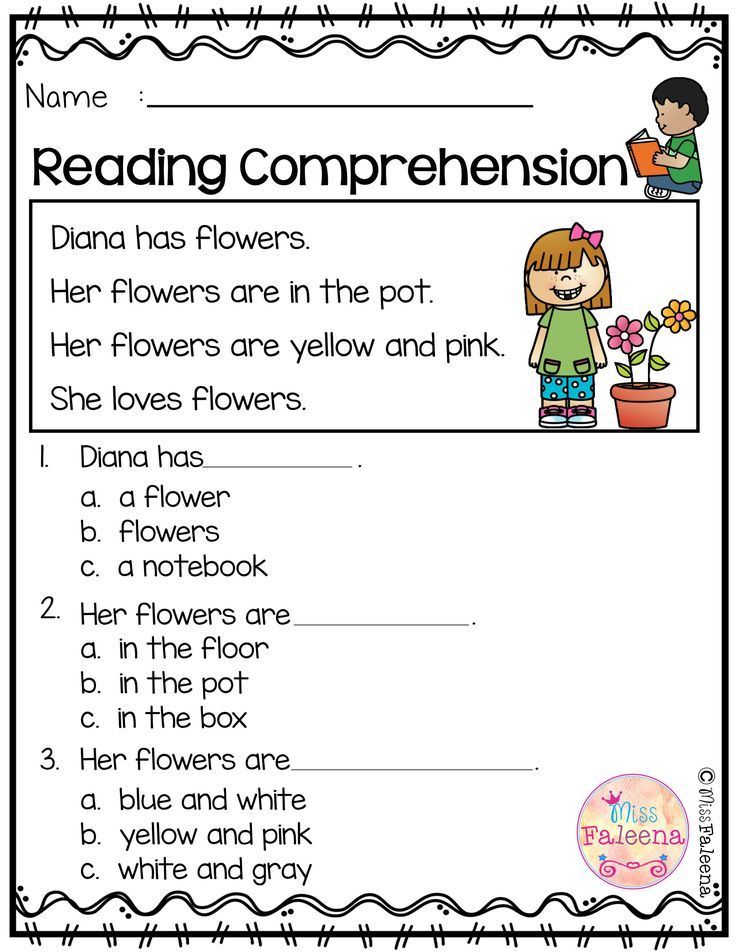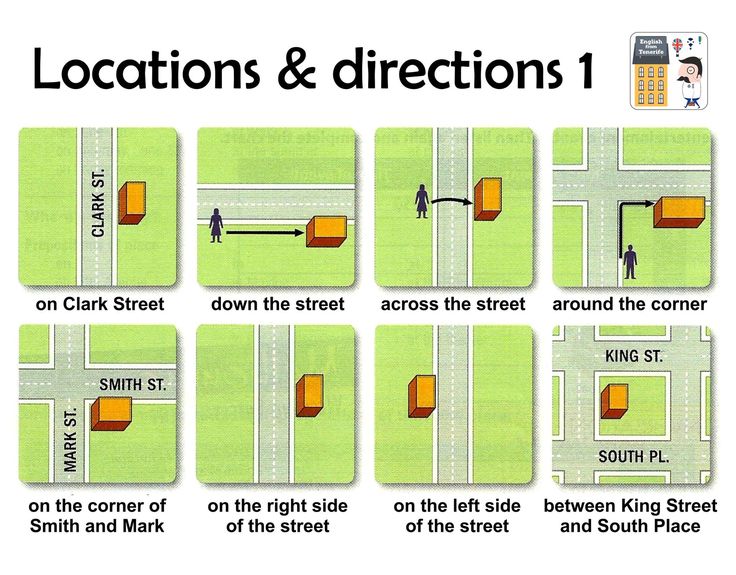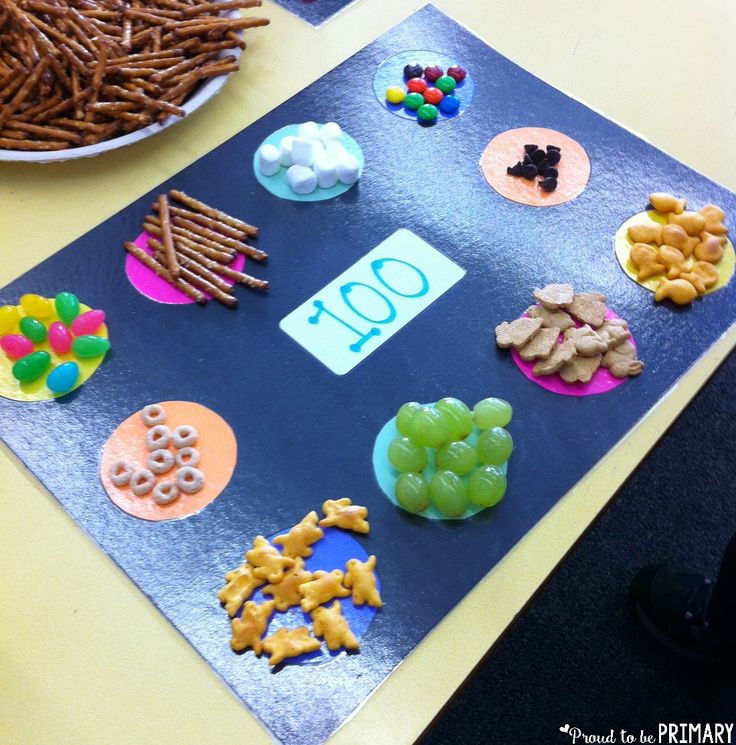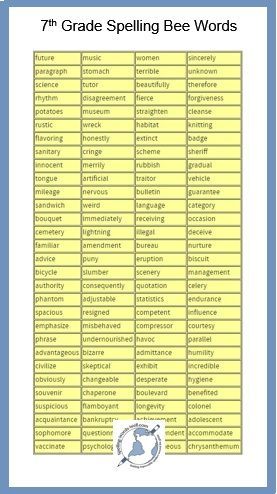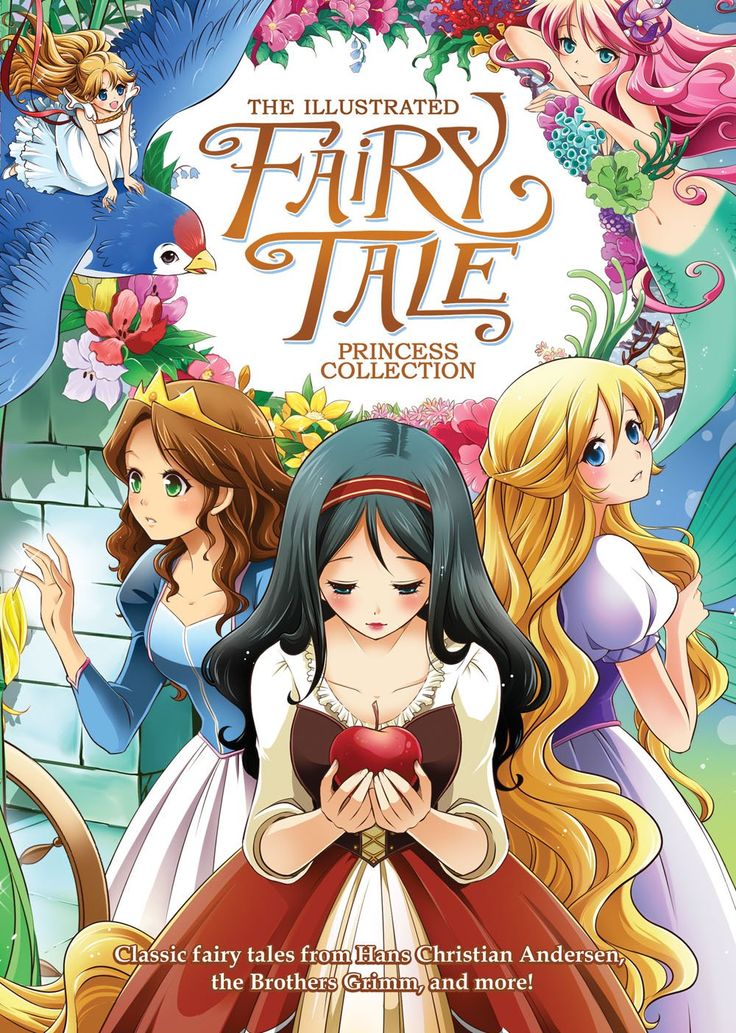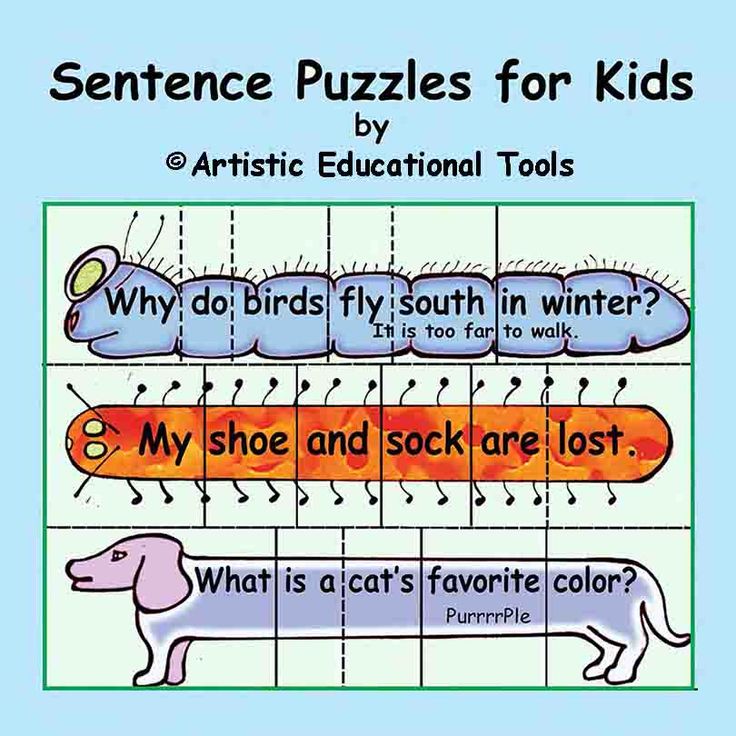Book handling skills
Teaching Children Book Handling Skills
Your little ones are becoming quite the readers! Yes, your charges might be all of three years old, but you’ve already spotted several budding bookworms. Once upon a time, you could pull out a random, age-appropriate story and read uninterrupted until naptime. Not anymore. Now, you’ve got a bunch of inquisitive toddlers who grab at your book as you try to read, attempt to trace or sound out words over your shoulder, close the book when your back’s turned, or even read along with you.
Some of those may seem more like rebellion than the actions of book-loving tots, but those storytime interruptions actually represent the first signs of literacy in children. No, toddlers can’t necessarily read full sentences yet, but their ability to understand the simplest things about books – how to hold them up correctly, how to handle them with care, what those squiggly lines on the page mean, what a page is in the first place – is an important first step on the road to literacy.
This process of figuring out how books actually work (or, what literacy experts call book handling) doesn’t seem like much for a child who may be tackling The Very Hungry Caterpillar in a few short years, but this is a key aspect of print awareness that children must master before the work of learning how to read can begin.
Teaching proper book handling skills means understanding the role print awareness plays. Print awareness is a catch-all term for the basic rules that govern early childhood literacy and how children learn to understand words. These rules make sure that readers and writers alike understand how text on the page should be read. At its core, print awareness means that children understand words and letters on a page – even if they have yet to learn what they are – relay a message. Book handling is but one of these rules. If they can understand that words have meaning, they will soon be able to understand how to use books to get to those words, which will lead to being able to understand exactly what those words mean.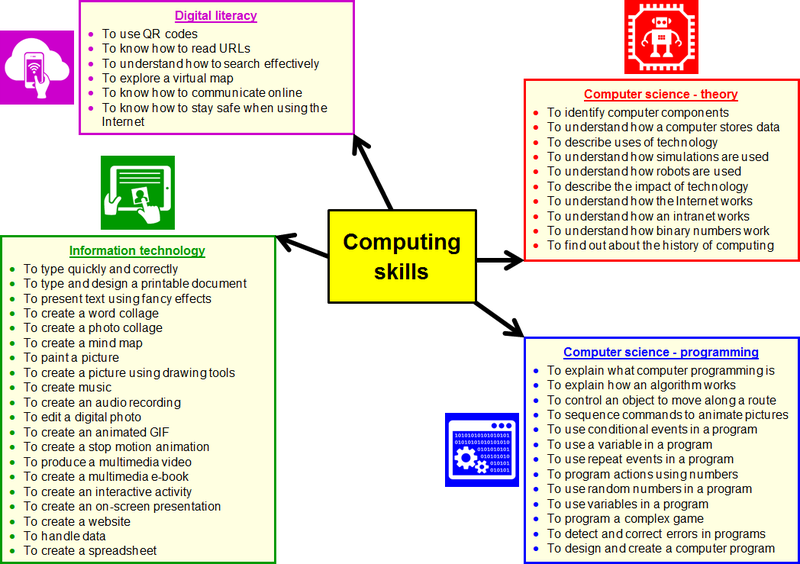 That, in essence, is learning how to read.
That, in essence, is learning how to read.
To fully master print awareness, children should also have an instinctual feel for the way print is oriented on the page; for readers of the English language, that means knowing words flow from left to right. Adults can see this instinct in action if a child can tell that a book or page is upside down and tries to fix it. You may also see a child take more control over the reading process by trying to sound out words, tracing words along the page as you read, turning pages, or even snatching a book from you in an attempt to figure everything out without your help. These developing instincts show burgeoning print awareness in children – and those attempts to grab your book and read along at storytime shows that they’re learning the concept of book handling. (All that grabbing may also make it a good idea to show them how to care for books properly.)
Research shows that children develop many aspects of print awareness on their own before the age of three.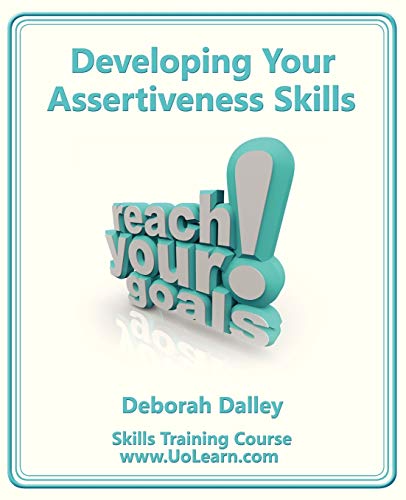 This makes sense: kids see printed words all around them from birth. Even if they can’t necessarily read a stop sign, they know that big block letters on a red octagon usually means “stop.” They can probably figure out that a printed list at a restaurant means “menu” and that printed pages in a bound book can tell a story – even if they can’t read it themselves. When they’re able to access books on their own, their newfound print awareness lets them know that books should be read and handled in a certain way. It all seems instinctual, but can parents and child care professionals actually teach book handling skills?
This makes sense: kids see printed words all around them from birth. Even if they can’t necessarily read a stop sign, they know that big block letters on a red octagon usually means “stop.” They can probably figure out that a printed list at a restaurant means “menu” and that printed pages in a bound book can tell a story – even if they can’t read it themselves. When they’re able to access books on their own, their newfound print awareness lets them know that books should be read and handled in a certain way. It all seems instinctual, but can parents and child care professionals actually teach book handling skills?
The good news is that your children’s emerging print awareness should make teaching book handling skills fairly easy – especially if you already have a classroom filled with books. Placing books in a child’s toy box along with all those dolls, toy trucks, and stuffed animals encourages little ones to explore a book as thoroughly as any other toy. And if the child sits down to “read” one of those books during playtime, you’re already on the right track.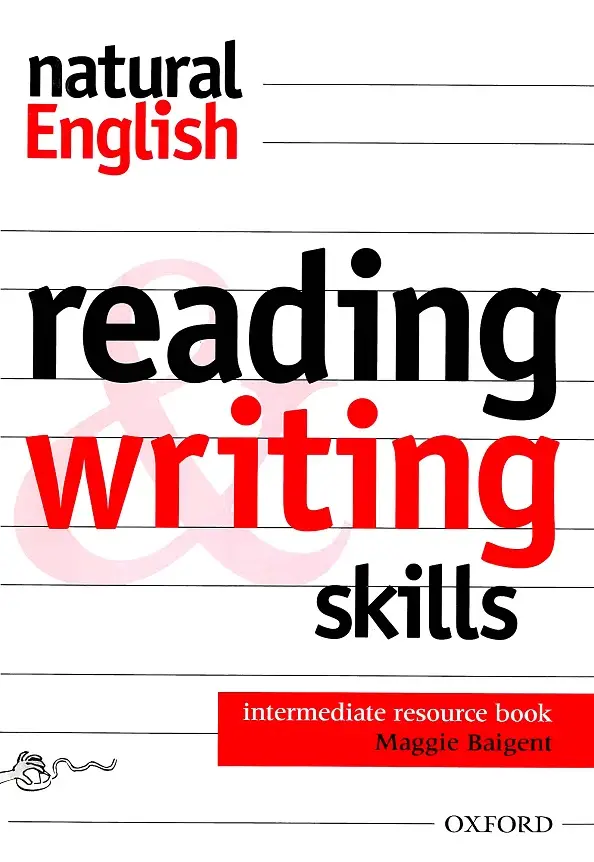
Another key to teaching book handling skills is to surrender a bit of control over storytime. If a little one wants to grab the book and turn the pages, let it happen! Just make sure that you encourage the child to be gentle to teach proper caring for books. If you’re not quite ready for that, make storytime more of a bonding experience by sitting next to the child and tracing the words as you read aloud. Eventually, the little one will make the connection between what you’re tracing and what you’re sounding out – and will probably try to figure out how to pull off that cool little trick independently. As children get older, you can point out the most important parts of the book, like the front cover, title, illustrations, and page numbers.
You can even point out the author and illustrator’s names and explain how those people brought the book to life. If you haven’t done so already, this is a great time to explain how to take care of books.
You can also teach children book handling skills by expanding the child’s print awareness.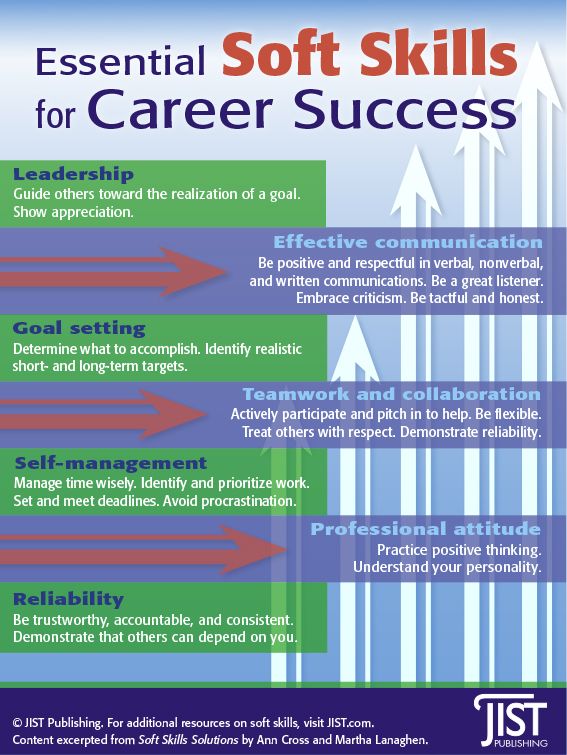 By helping your little ones understand that letters form words and words form sentences, you’re encouraging them to interact with letters, words, and sentences as much as possible – and what better way to do that than reading books? You can do this by adding some alphabet blocks to the class toy box so kids learn to turn letters into words independently. You can also point out printed signs and their meanings inside and outside the classroom, which may make children excited to encounter more printed words on a page. Furthermore, you can decorate your classroom with word walls and alphabet displays to drive home the importance of the written word.
By helping your little ones understand that letters form words and words form sentences, you’re encouraging them to interact with letters, words, and sentences as much as possible – and what better way to do that than reading books? You can do this by adding some alphabet blocks to the class toy box so kids learn to turn letters into words independently. You can also point out printed signs and their meanings inside and outside the classroom, which may make children excited to encounter more printed words on a page. Furthermore, you can decorate your classroom with word walls and alphabet displays to drive home the importance of the written word.
Sometimes, using more of a hands-on approach to book handling might work best. Instead of commanding the room during storytime, try giving your students a copy of the same book and reading it as a group. You can use it to go over every part of the book together, from the front cover to the back. You can even drill down on identifying things like page numbers, and demonstrate how to properly hold a book and turn its pages. Eventually, your students will be able to identify words and capital letters. Here are some other activities you can try:
Eventually, your students will be able to identify words and capital letters. Here are some other activities you can try:
- Act out the books you read during storytime to further demonstrate the connection between spoken and written words.
- Use books to help children recognize words that are important to them.
- Help your students create a list of their favorite words from their favorite storytime books and place them on a word wall.
- Go beyond alphabet blocks and use magnetic letters and word/alphabet games to demonstrate the relationship between words and letters. You can go a step further and find alphabet blocks and games with both uppercase and lowercase letters.
- Quiz students on finding capital letters and specific words in the books you read in class.
- Ask your students to predict a book’s story by looking only at the front cover.
- Bring in a newspaper or magazine (keep it short!) and have students look for certain words or punctuation marks.
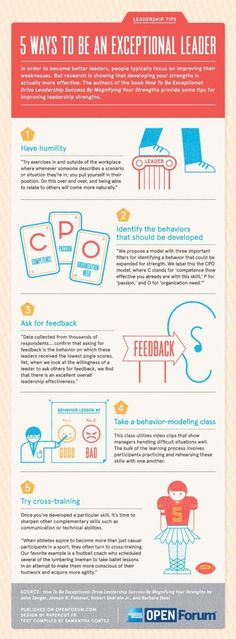
You can also try putting together a class library, as long as you set out clear rules for students on caring for books they check out. As they begin to evolve from simple print awareness to being able to decipher words on a page, they’ll need to learn more about how to take care of books, which may lead to a couple of lectures about dog ears and crayon marks. In any case, by kindergarten, your students should be able to:
- Identify all the parts of a book, including front/back cover, title page, spine, illustrations
- Hold a book correctly
- Recognize how text should be read (left to right, and top to bottom)
- Know the relationship between spoken and printed words
- Understand that printed words have meaning
- Understand the importance of caring for books
- Know the difference between letters and words, and between words and sentences
- Understand how punctuation marks means a sentence has ended
- Identify when to start and stop reading
- Know that stories have a beginning, middle, and end
For many children, the road to literacy begins with a series of simple discoveries: what letters are, how those letters form words, how those words form sentences – and that all those things have meaning. That spark of print awareness often leads children toward learning more about how those words and sentences form the stories they love. Teaching book handling skills (and how to take care of books) involves taking that emerging print awareness and channeling it toward the printed page.
That spark of print awareness often leads children toward learning more about how those words and sentences form the stories they love. Teaching book handling skills (and how to take care of books) involves taking that emerging print awareness and channeling it toward the printed page.
Understanding the basics of the printed word teaches kids to seek words out wherever they can, which means learning as much as they can about books and how they work. Book handling skills involve far more than caring for books. Learning to turn pages, fix upside-down books, and recognize a book’s basic parts may seem inconsequential, but these tiny realizations (and yes, caring for books) are the first steps in a process designed to turn your budding bookworms into refined readers.
Teaching children to read isn’t always easy, but CCEI courses like Environmental and Functional Print , The Read-Aloud Process: Building the Components of Literacy, and Storytelling for Enrichment, Early Literacy, and Fun can help you help your students become the best readers possible.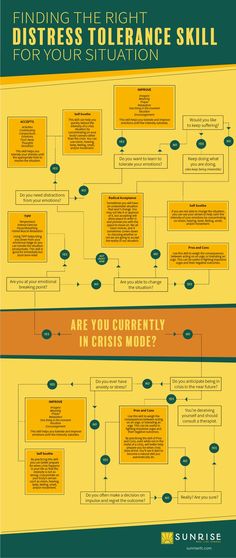
Visit the ChildCare Education Institute to learn more about these courses as well as our entire catalog of professional development offerings!
Print Awareness: An Introduction | Reading Rockets
Children with print awareness can begin to understand that written language is related to oral language. They see that, like spoken language, printed language carries messages and is a source of both enjoyment and information. Children who lack print awareness are unlikely to become successful readers. Indeed, children's performance on print awareness tasks is a very reliable predictor of their future reading achievement.
Most children become aware of print long before they enter school. They see print all around them, on signs and billboards, in alphabet books and storybooks, and in labels, magazines, and newspapers. Seeing print and observing adults' reactions to print helps children recognize its various forms.
The ability to understand how print works does not emerge magically and unaided. This understanding comes about through the active intervention of adults and other children who point out letters, words, and other features of the print that surrounds children. It is when children are read to regularly, when they play with letters and engage in word games, and later, when they receive formal reading instruction, that they begin to understand how the system of print functions; that is, print on a page is read from left to right and from top to bottom; that sentences start with capital letters and end with periods, and much, much more.
This understanding comes about through the active intervention of adults and other children who point out letters, words, and other features of the print that surrounds children. It is when children are read to regularly, when they play with letters and engage in word games, and later, when they receive formal reading instruction, that they begin to understand how the system of print functions; that is, print on a page is read from left to right and from top to bottom; that sentences start with capital letters and end with periods, and much, much more.
As they participate in interactive reading with adults, children also learn about books author's and illustrators names, titles, tables of content, page numbers, and so forth. They also learn about book handling how to turn pages, how to find the top and bottom on a page, how to identify the front and back cover of a book, and so forth. As part of this learning, they begin to develop the very important concept "word" that meaning is conveyed through words; that printed words are separated by spaces; and that some words in print look longer (because they have more letters) than other words.
Books with predictable and patterned text can play a significant role in helping children develop and expand print awareness. Typically these books are not decodable that is, they are not based on the sound-letter relationships, spelling patterns, and irregular/high frequency words that have been taught, as in decodable texts. Rather, predictable and patterned books, as the names implies, are composed of repetitive or predictable text, for example:
Two cats play on the grass.
Two cats play together in the sunlight.
Two cats play with a ball.
Two cats play with a toy train.
Two cats too tired to play.
Most often, the illustrations in such books are tied closely to the text, in that the illustrations represent the content words that change from page to page.
As they hear and participate in the reading of the simple stories found in predictable and patterned books, children become familiar with how print looks on a page. They develop book awareness and book-handling skills, and begin to become aware of print features such as capital letters, punctuation marks, word boundaries, and differences in word lengths.
They develop book awareness and book-handling skills, and begin to become aware of print features such as capital letters, punctuation marks, word boundaries, and differences in word lengths.
Awareness of print concepts provides the backdrop against which reading and writing are best learned.
Working with a book - Informio
To achieve the highest results of mental work when working with a book, you need to have a certain reading culture, which is a system (or complex) of knowledge, skills and abilities, thanks to which a deep penetration into the content of the thoughts of the author of the text of that text is carried out or another book.
The culture of reading is, first of all, the correct organization of the reading process itself, the use of various ways of working with a book. It consists of two parts - reading technique and reading technique.
Reading technique is the ability to read any text aloud and “to oneself”, it determines the mechanism of connection of the visible and spoken word with the meaning contained in the word.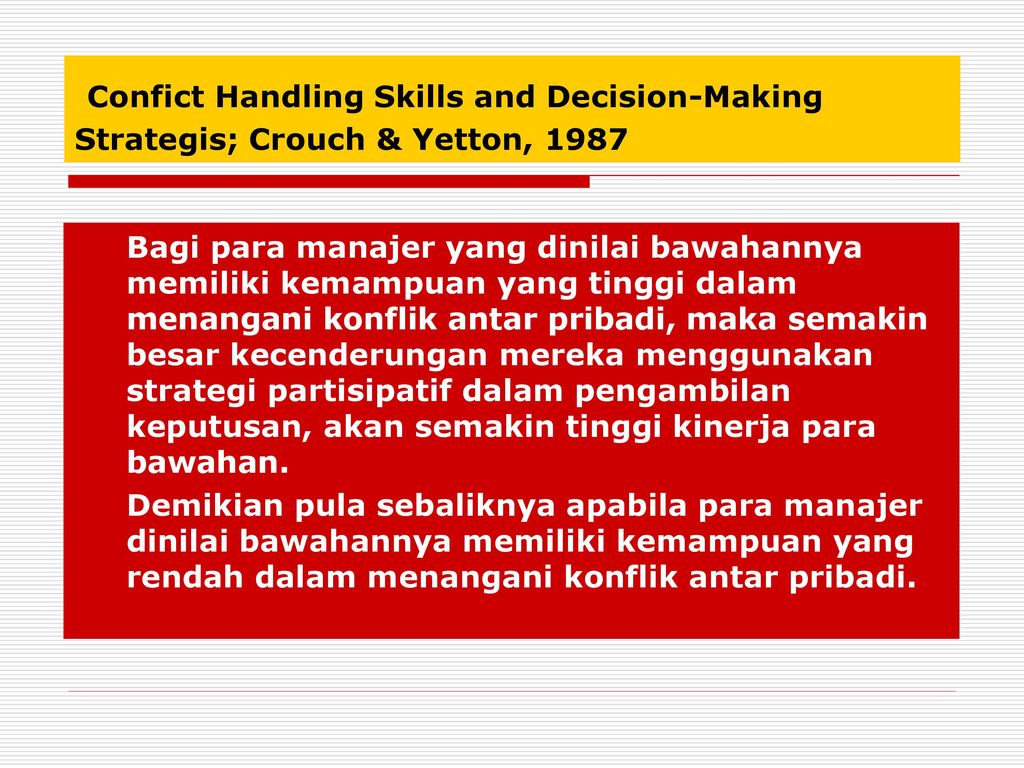
Reading technique is a set of methods and methods that provide effective, creative reading of texts, deep penetration into their content and assimilation. Conscious, active, creative reading is one of the prerequisites for the success of independent work. Working with a book is a complex process, so it should not be carried out according to some once established pattern: everyone develops their own methods and ways of studying books. Nevertheless, at the initial stage of studying general educational, general technical and special disciplines, mastering the techniques and methods of independent work with primary sources, official documents, legal acts, statistical materials, etc. it is necessary to have a clear understanding of the rules for working with literature.
How do we usually read books? So, "how it reads." So, as our mood, our mental properties suggest; established skills, external circumstances. It seems to us that we read not badly. And yet, for the most part, this is a mistake. We read and begin to feel as if our reading is of little use. And then the thought comes: is this how we read? And we begin to look for advice, instructions, rules, we begin to be convinced that reading is really an art, an important and difficult art.
We read and begin to feel as if our reading is of little use. And then the thought comes: is this how we read? And we begin to look for advice, instructions, rules, we begin to be convinced that reading is really an art, an important and difficult art.
The inability to seriously work on a book blunts the love of the book for some people, for others it leads to reading without a system, without thinking through. Therefore, in order to properly use a printed work, to extract the maximum benefit from it, the technical reading skills alone are not enough. To do this, you need to have a culture of reading.
It should be noted that a characteristic feature of the culture of reading is the ability to understand what is read, to find the most important, important and valuable. At the same time, knowledge of logic, laws and forms of correct thinking in their practical application, direct attention to the education of one's thinking, one's mind, provides essential assistance. But at the same time, for the most effective and economical reading, the reader needs technical skills in working with a book.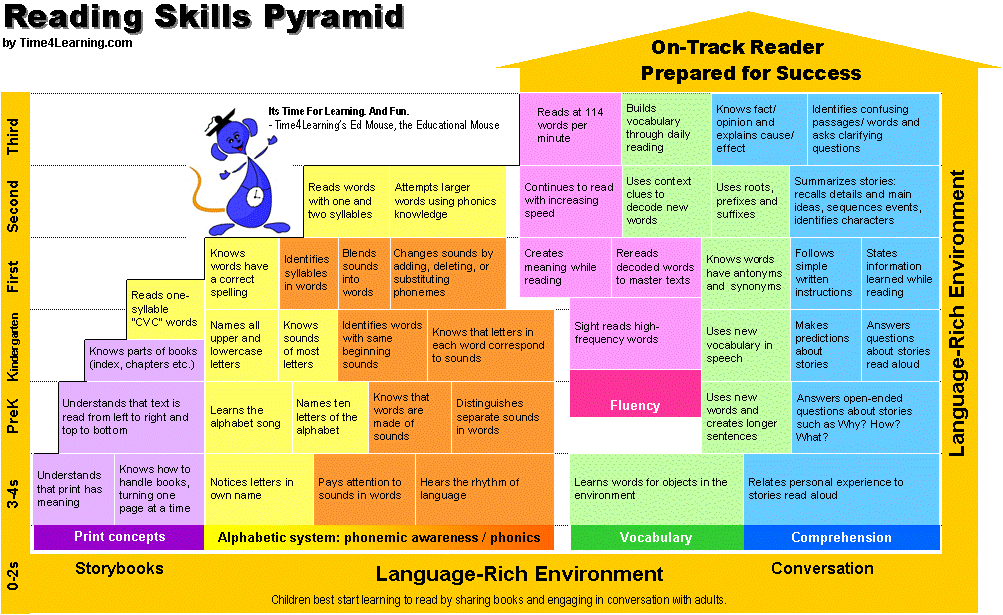 By such skills they usually mean: the habit of reading silently, not very slowly, the ability to plan what is read, make extracts and the most necessary notes, outline (own the techniques of annotating and summarizing) the text, use reference books, encyclopedias, dictionaries.
By such skills they usually mean: the habit of reading silently, not very slowly, the ability to plan what is read, make extracts and the most necessary notes, outline (own the techniques of annotating and summarizing) the text, use reference books, encyclopedias, dictionaries.
Read the entire work (original work):
Guidelines: Working with the book
selection of books about career, teamwork and corporate culture
Margarita Koshman
Career without limits. How to become freer and more courageous to go your own way
Bold career ambitions often go unfulfilled for a variety of reasons. Often people misestimate their own abilities, create an incorrect plan, do not understand in which direction they need to develop and what to learn, or do not see options for developing their own career at all.
Margarita Koshman, an expert in recruitment, helps solve these problems in her practical guide. Its main goal is to make the reader look at a career from a different angle and see the variety of directions for its further development.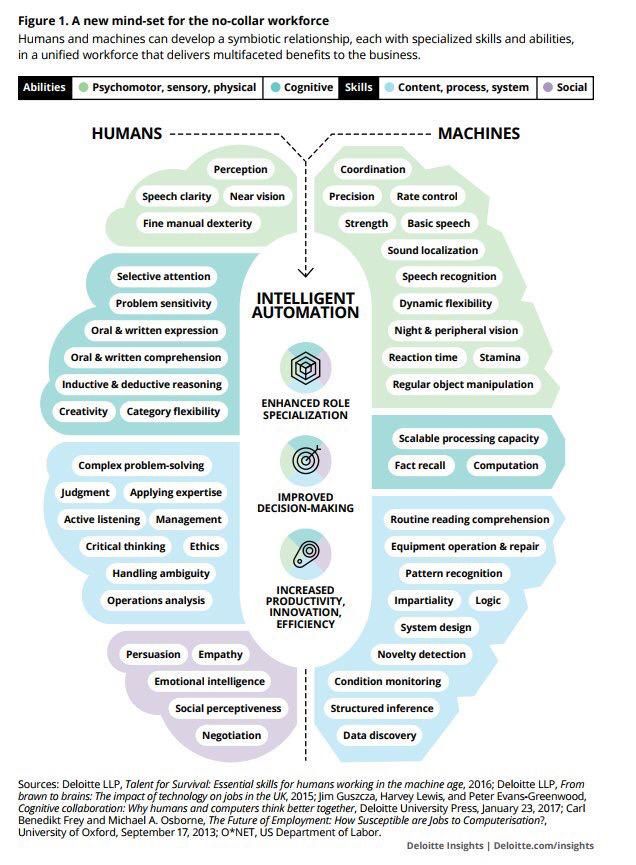 The author pays special attention to modern opportunities for advanced training and training in fundamentally new skills. Over the past few years, continuous learning has become a mandatory part of the job, and Koshman's recommendations will help the reader to more effectively apply new knowledge to work.
The author pays special attention to modern opportunities for advanced training and training in fundamentally new skills. Over the past few years, continuous learning has become a mandatory part of the job, and Koshman's recommendations will help the reader to more effectively apply new knowledge to work.
Konstantin Borisov
The hero and his team. How to gather, fire up and achieve great results
The most valuable resource in any company is people, and building a team is the most important task that every entrepreneur or leader has to solve. And in modern realities, this task has become more difficult than before: the HR sphere develops and changes every few years, and the old scheme of “authoritarian boss and submissive employees” shows its ineffectiveness.
In his book, Konstantin Borisov, an entrepreneur and recruiter and appraiser, tells how to create a team of people who will be comfortable and interested in working together in modern conditions, how to lead such a team and how to motivate it.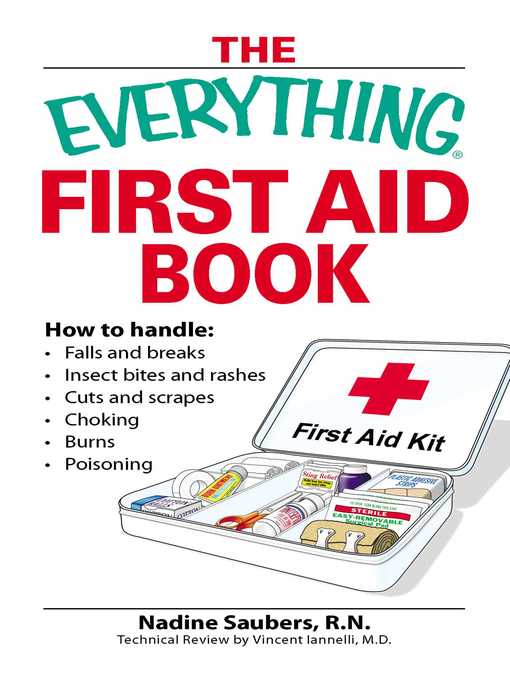 The author supports his recommendations with cases of successful Russian companies, including YouDo, SkyEng, CDEK, Skillbox, Ozon and many others.
The author supports his recommendations with cases of successful Russian companies, including YouDo, SkyEng, CDEK, Skillbox, Ozon and many others.
John Katzenbach, James Thomas, Gretchen Anderson
Corporate culture transformation. Important details without which nothing works
Corporate culture is an important element in creating a favorable working atmosphere that directly affects the efficiency of employees and their interaction with each other. Often, the requirements of friendliness, mutual assistance and productive work declared by the company remain only on paper, because they do not correspond to the established corporate culture.
John Katzenbach, an expert in organizational effectiveness, collaboration, corporate governance, cultural issues and employee motivation, has identified the universal cultural issues that plague the work environment in thousands of companies around the world. He offers simple methods for solving these problems, as well as a look at corporate culture as a catalyst for all significant organizational changes and a way to overcome barriers that prevent a company from developing.


